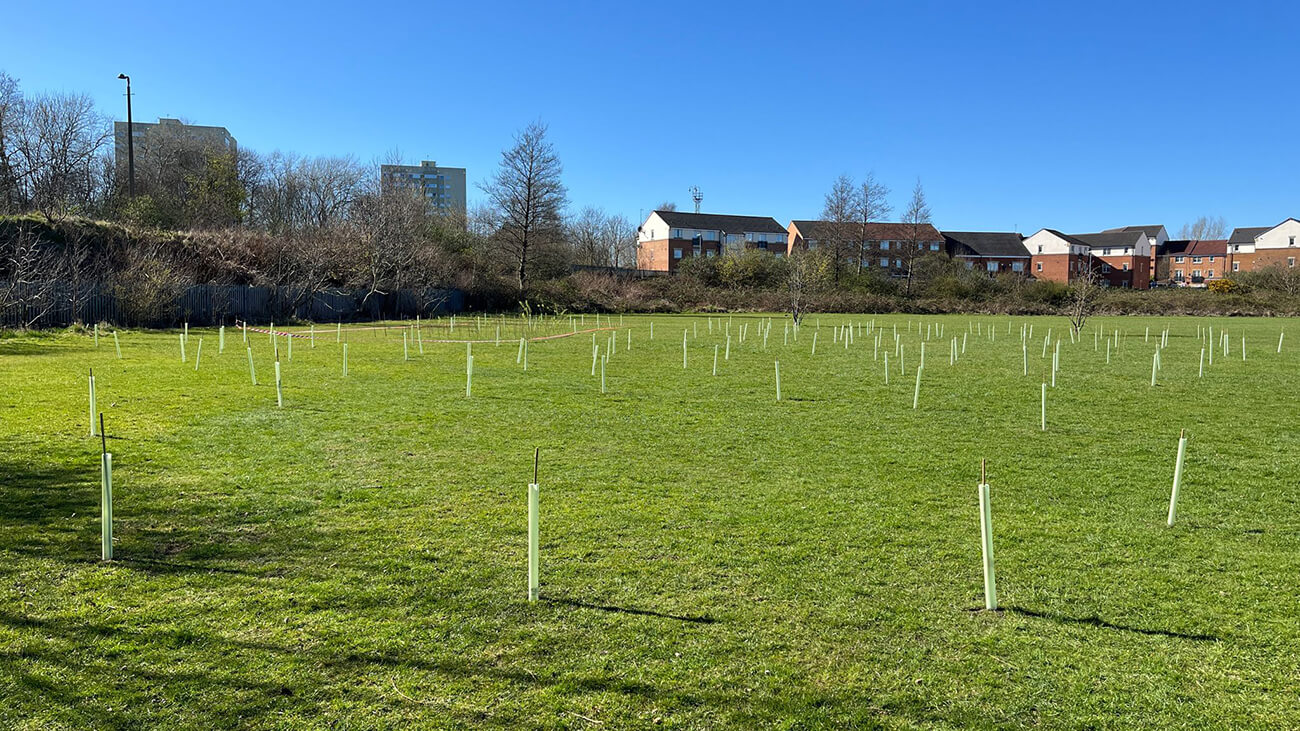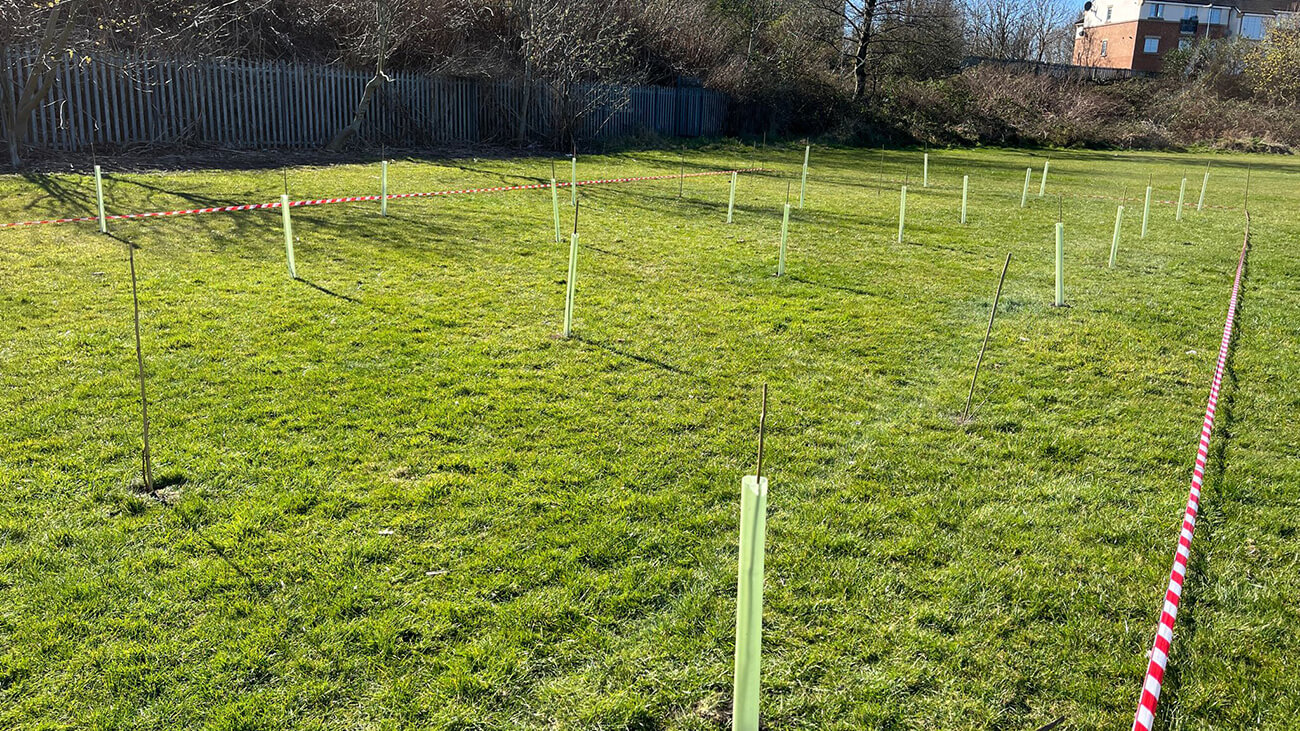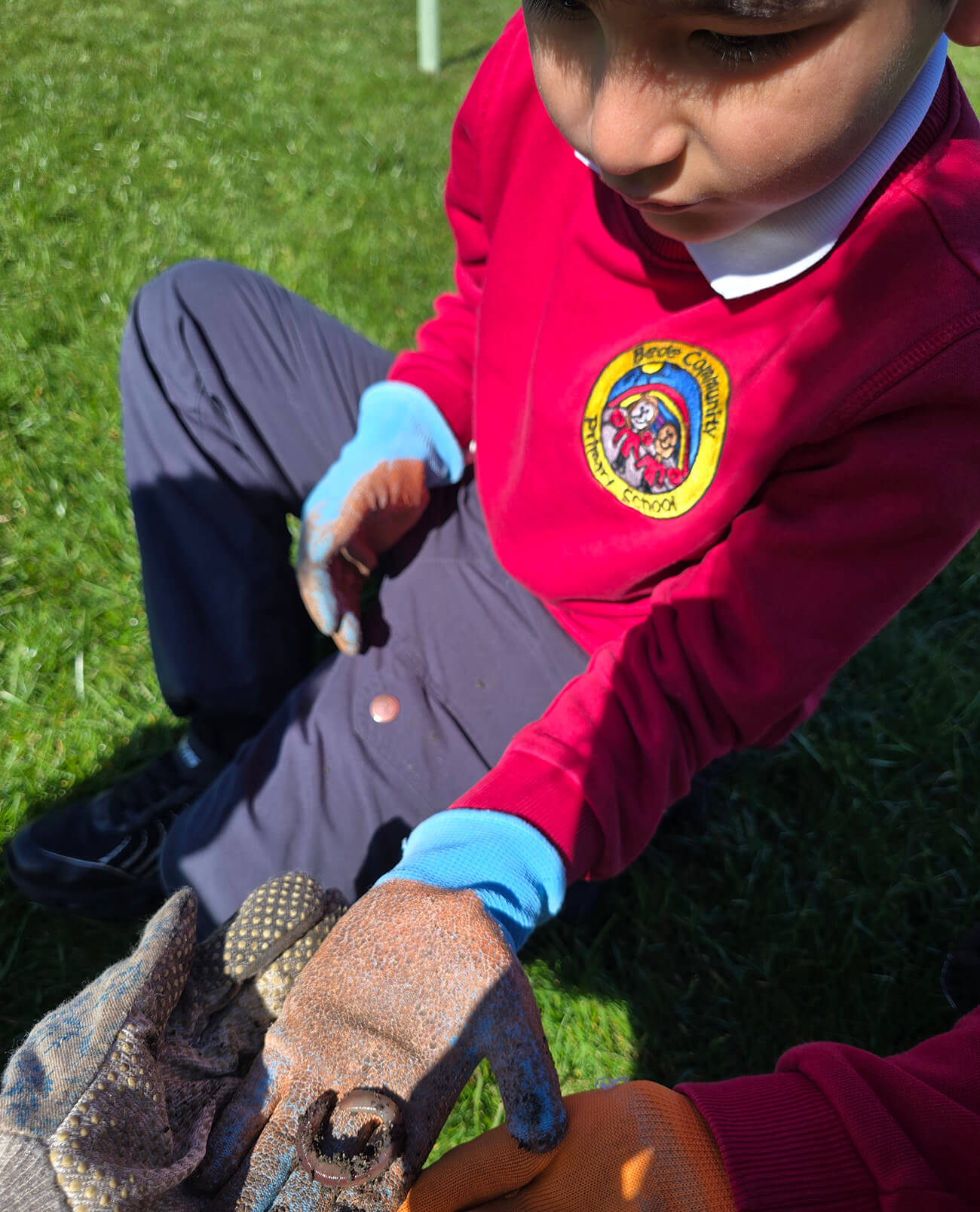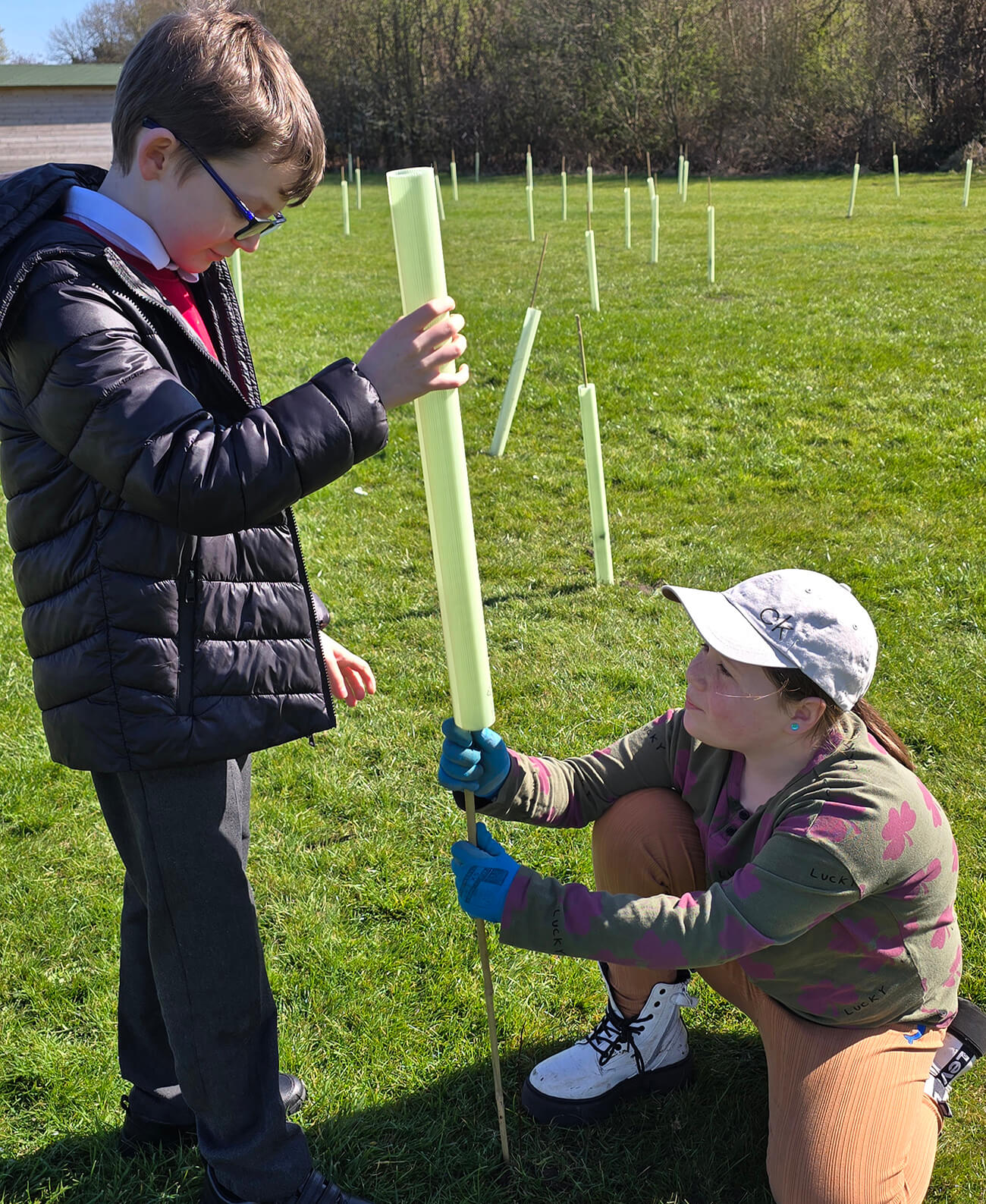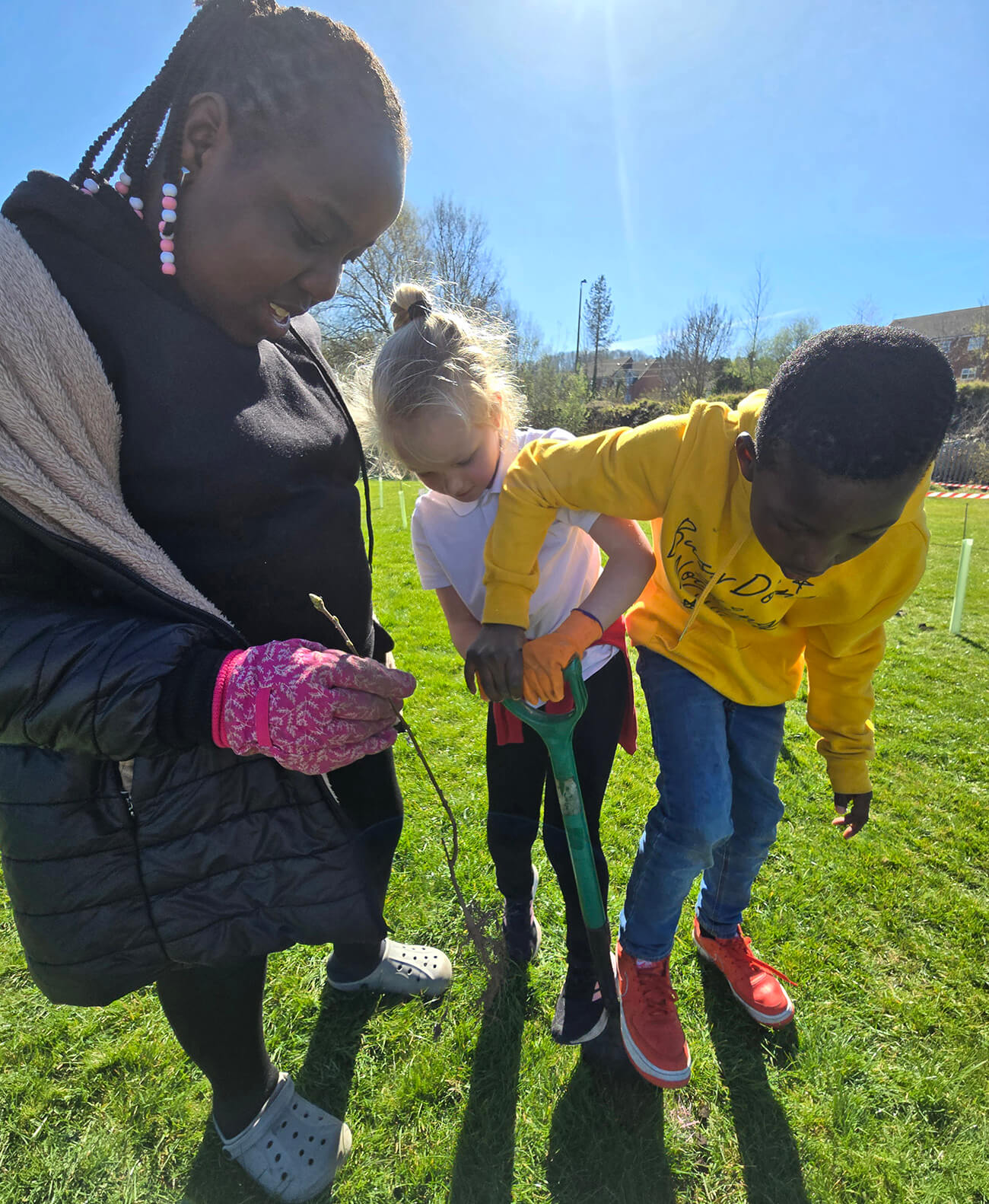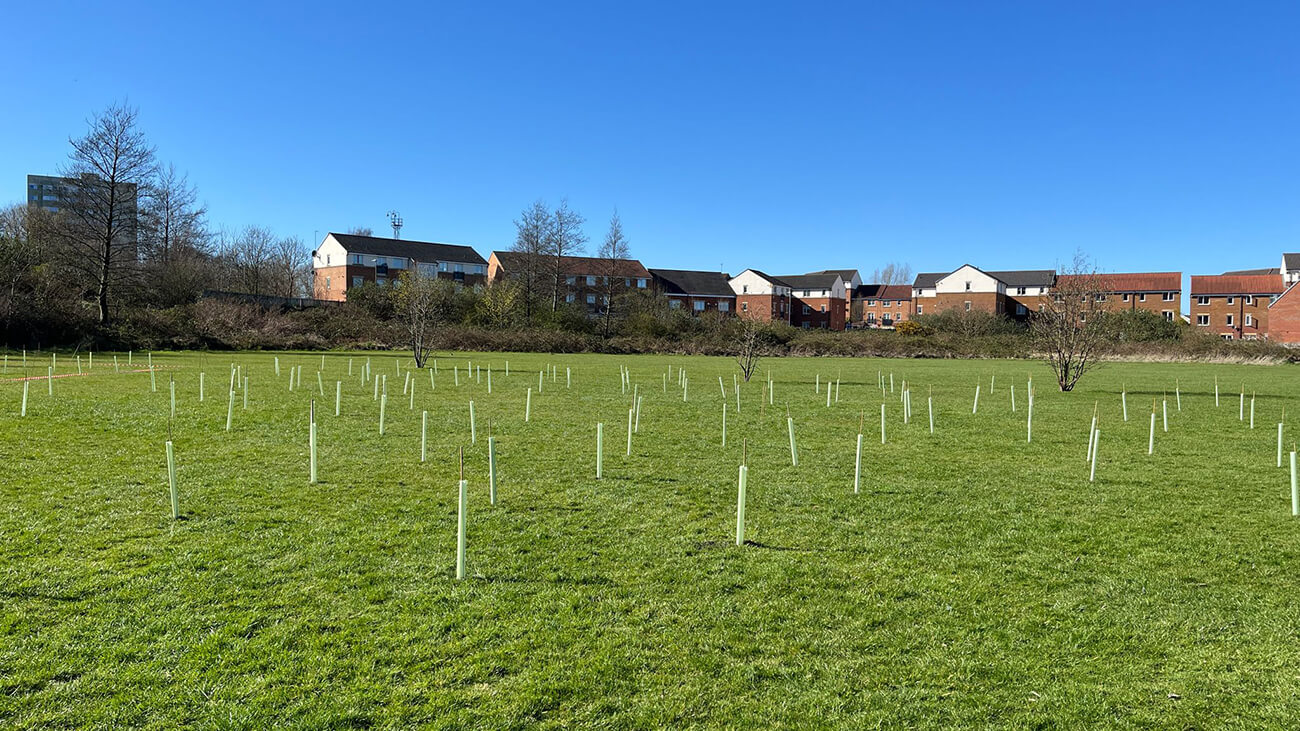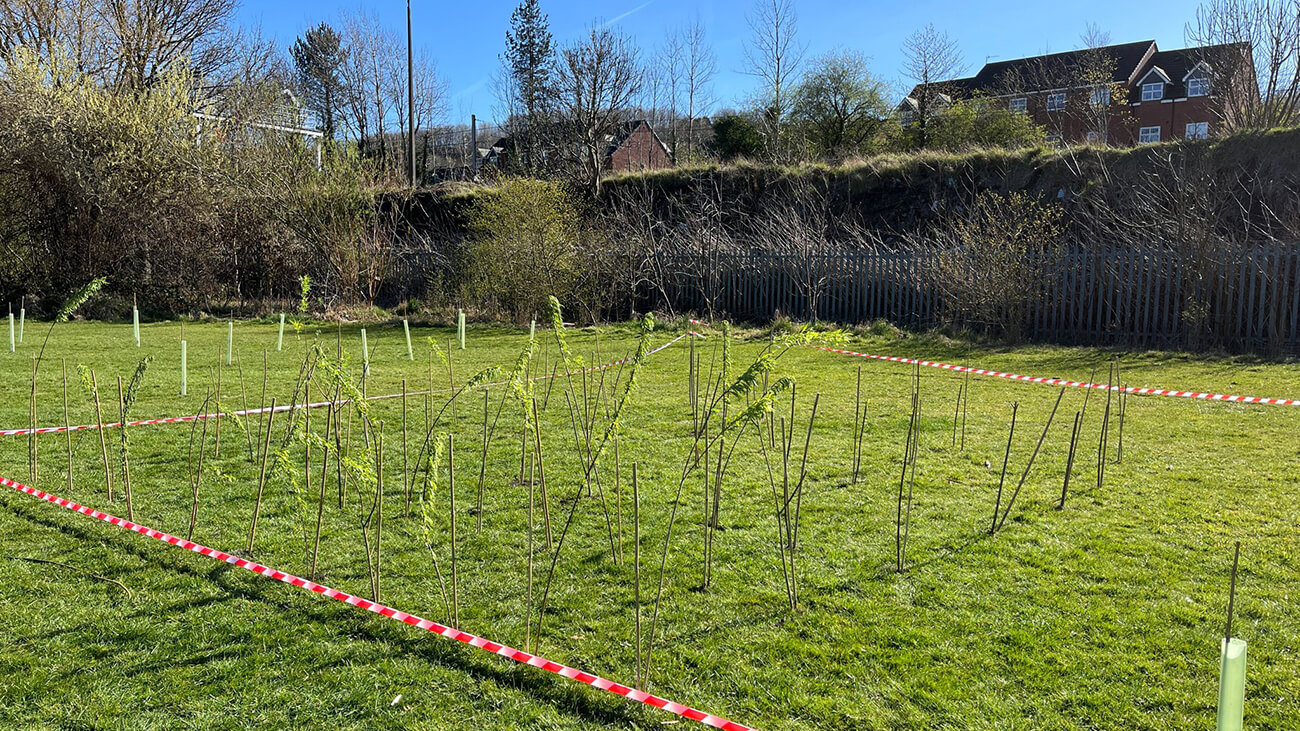Hazel: Corylus Avellana
The common hazel is native to Europe and western Asia and forms an important part of England’s hedgerows. We have all heard of hazelnuts, which are rich in unsaturated fats and protein, and an extremely popular ingredient in many of the world’s cuisines. Did you know that hazel trees were once seen as both magical and a symbol of fertility?


.svg)
